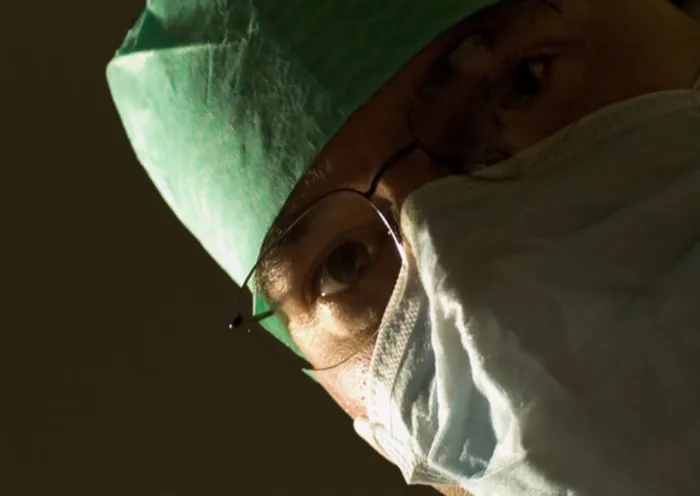SA bleeds top skills

South Africa does not have nearly enough doctors to service the country, and is likely to lose another 3 500 in the next 10 years, warns an economic research company.
The number of general practitioners in South Africa could drop by 12 percent and specialists by 16 percent, according to the latest research by Econex.
The count of 27 431 could drop to 23 849 by 2020 if the current state of affairs continues.
One of the paper’s authors, economist Mariné Erasmus, said they had focused specifically on doctors, looking at age profiles, training and attrition rates.
Referring to the planned national health service, the paper said, “South Africa does not have nearly enough doctors to deal with current demand and there is a large vacancy rate across the country… a decrease in the number of doctors over the next 10 years would therefore be detrimental to the delivery of care to the whole population.”
Currently there were 17 801 GPs and 9 630 specialists working in South Africa, achieving a ratio of 55 doctors per 100 000 people.
This was far short of the ratios in developed countries such as the US, Britain, and Australia.
But even against countries on a similar economic development level, such as Brazil and Mexico, South Africa still compared unfavourably.
Brazil has 185 doctors for every 100 000 people, the UK 230, Greece 500, the US 256, Australia 247 and Mexico 198.
The report said that the Western Cape had the highest number of doctors – 135 per 100 000 people – followed by Gauteng at 102, the Free State at 55, KwaZulu-Natal at 53 and Limpopo at a paltry 17.
Vacant posts across the country reflect 49 percent for GPs and 44 percent for specialists.
Erasmus said these figures were influenced by urbanisation and the location of teaching hospitals. It was a reflection of where most medical scheme members were and where the economic hubs were.
The College of Medicine of SA estimates 25 percent of doctors trained in South Africa no longer work here. The largest number of South African-trained doctors – 3 625 – were in the UK, followed by 2 828 in the US, 1 345 in Canada and 1 114 in Australia.
Erasmus said with the tightening of foreign immigration laws, more doctors would remain.
Meanwhile, moves by the British Home Office to tighten immigration laws would affect not only doctors, but all skilled South Africans.
That’s according to Robbie Ragless of Globalvisas.com
“This will affect South Africans who comprise a large number of skilled individuals entering the UK every year, most of whom would go over on the Tier 1 (highly skilled) visa.
“There were also proposals to get rid of this visa type. It would be replaced with an exceptional talent visa.” The new scheme was for scientists, academics and artists.
The British government recently said that next year it would introduce an annual limit of 21 700 non-Europeans entering the country as skilled workers, down by 6 300 from last year.
In addition the Home Office would also tighten the intra-company transfer route and restrict the “highly skilled” tier to entrepreneurs, investors and people of exceptional talent.
One of the reasons for the change was that the British government found a third of the “highly skilled” immigrants were actually doing low-skilled jobs once there.
Earlier this year Britain made it easier for South Africans to get working visas, allowing those with bachelor degrees, not just masters, to apply, but two years ago it scrapped the two-year working holiday visa for young South Africans, preventing thousands of people from spending the popular “gap year” in the UK.